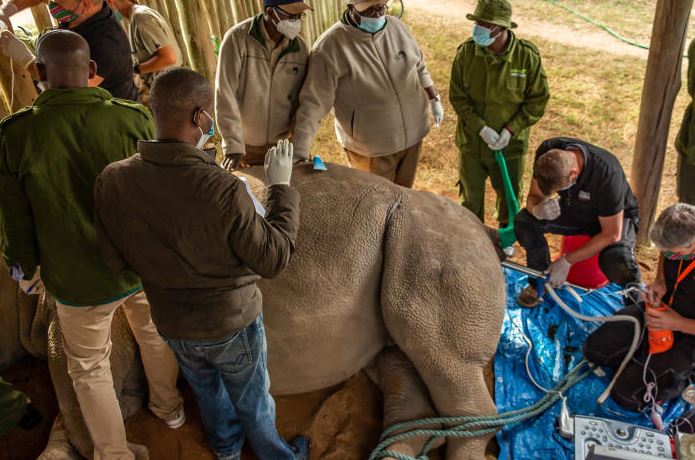×
The Standard e-Paper
Home To Bold Columnists

The third round to harvest eggs from the two remaining northern white rhinos was successfully conducted at Ol Pejeta Conservancy, Nanyuki.
The exercise that took more than four hours was carried out on Tuesday by a team of scientists, veterinary doctors from Ol Pejeta, Kenya Wildlife Service (KWS), Germany, Italy and Czech Republic.